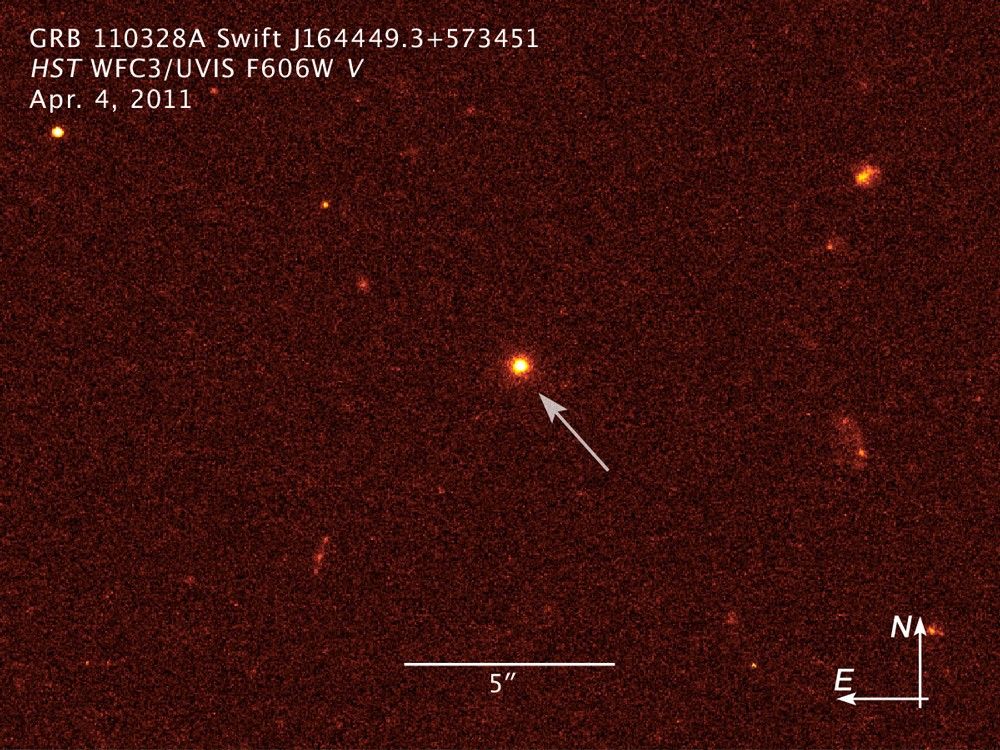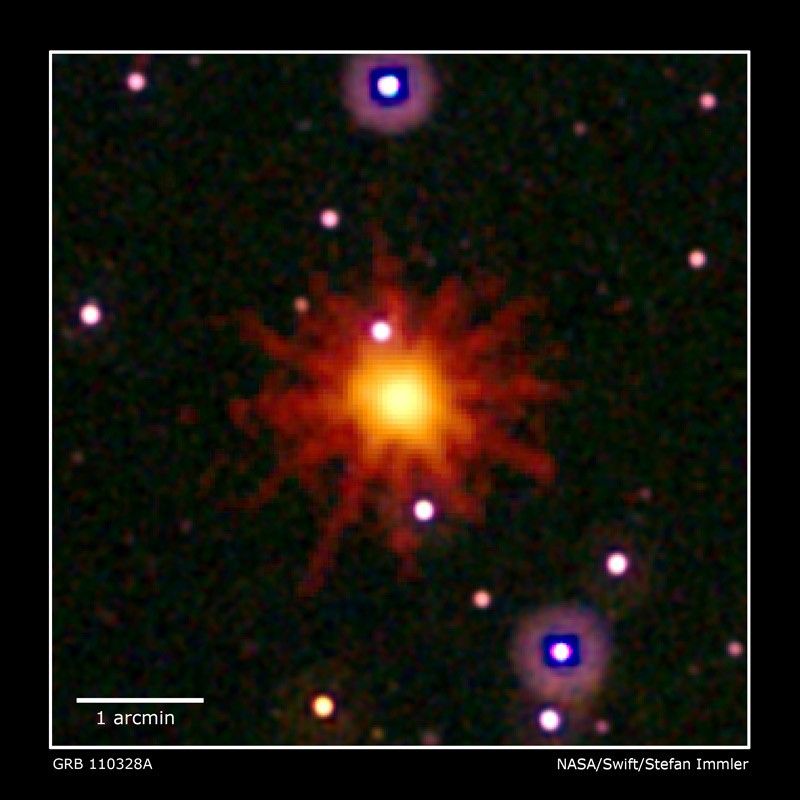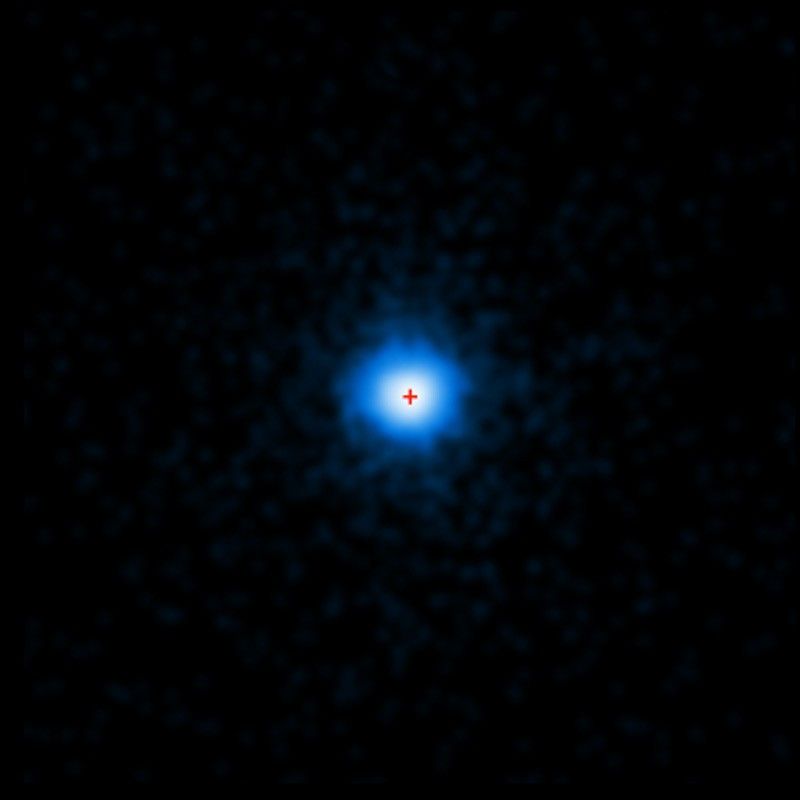1 min read
Black Hole Eats Star (Annotated)

- Release DateApril 7, 2011
- Science ReleaseNASA Telescopes Join Forces to Observe Unprecedented Explosion
- Credit
Related Images & Videos
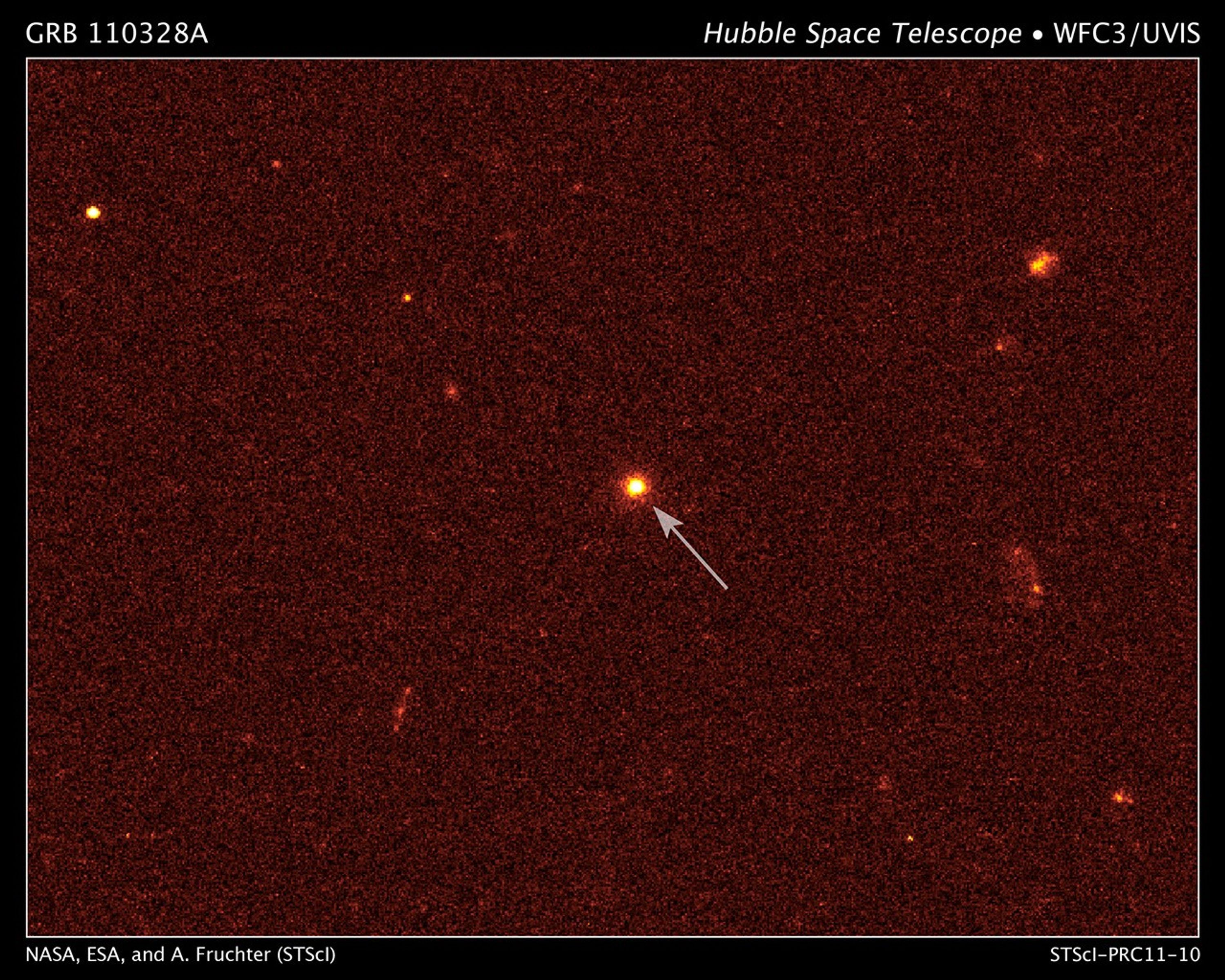
Hubble Pinpoints Source of Mysterious Outbursts
NASA's Hubble Space Telescope has pinpointed the source of one of the most puzzling blasts of high-energy radiation ever observed. It is at the very center of a small, distant galaxy, which appears to be sending a beam of radiation directly toward Earth. The...
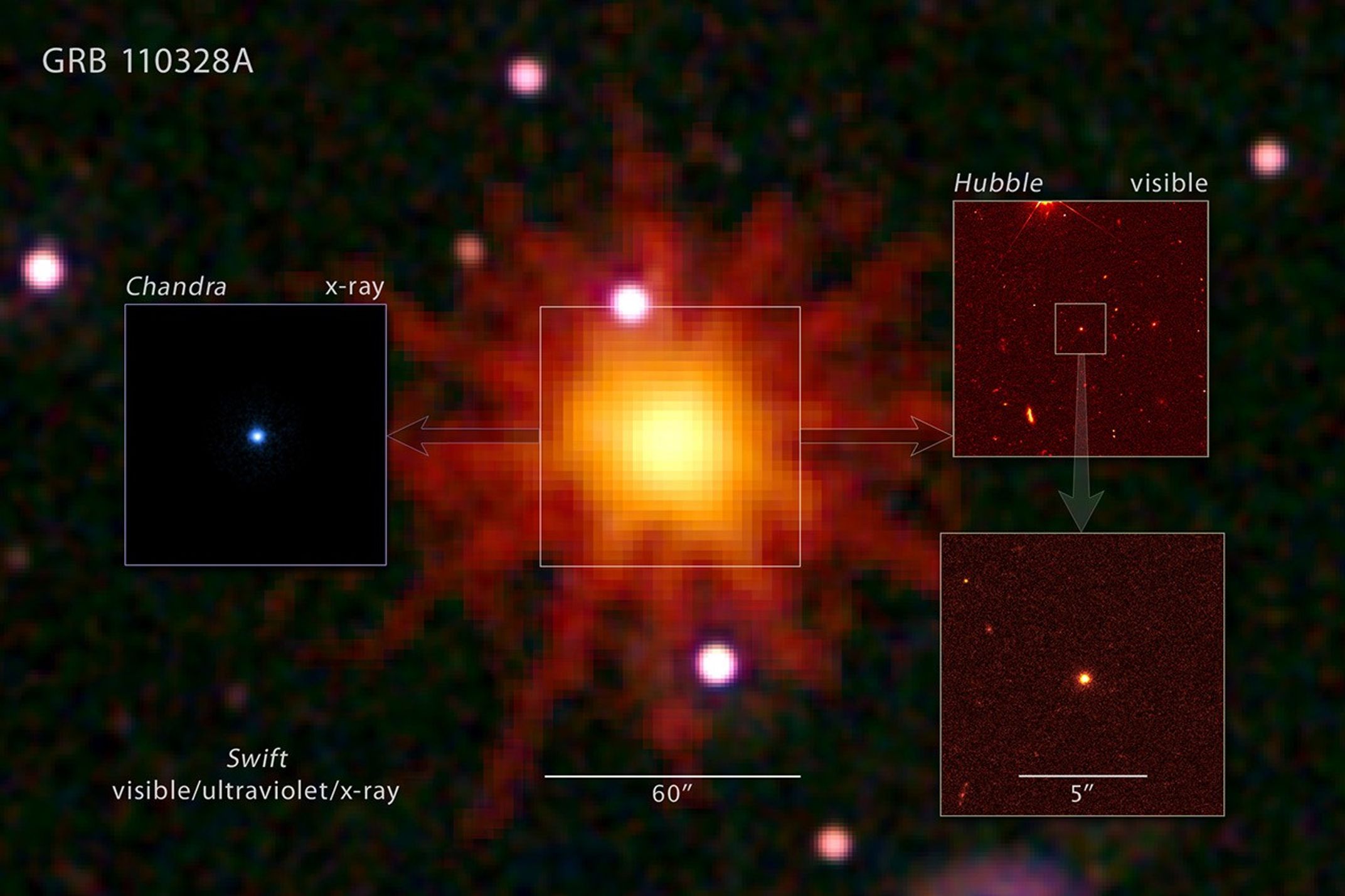
NASA Telescopes Join Forces to Observe Unprecedented String of High-energy Outbursts
This mosaic image illustrates how NASA's Swift satellite, Hubble Space Telescope, and Chandra X-ray Observatory teamed up to study one of the most puzzling series of cosmic blasts ever observed. On March 28, 2011, Swift's Burst Alert Telescope discovered the source of rapid...
Share
Details
Claire Andreoli
NASA’s Goddard Space Flight Center
Greenbelt, Maryland
claire.andreoli@nasa.gov




























